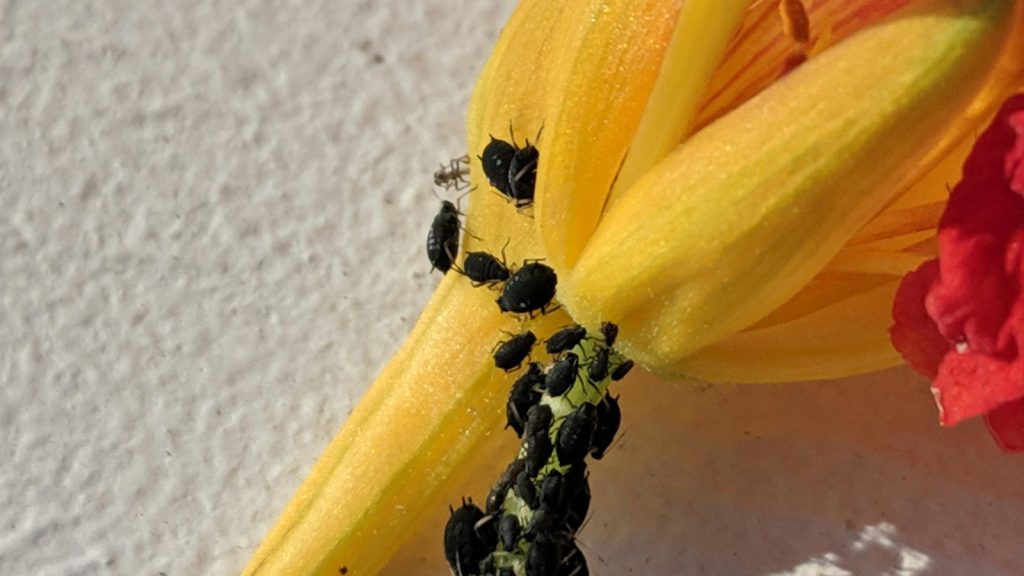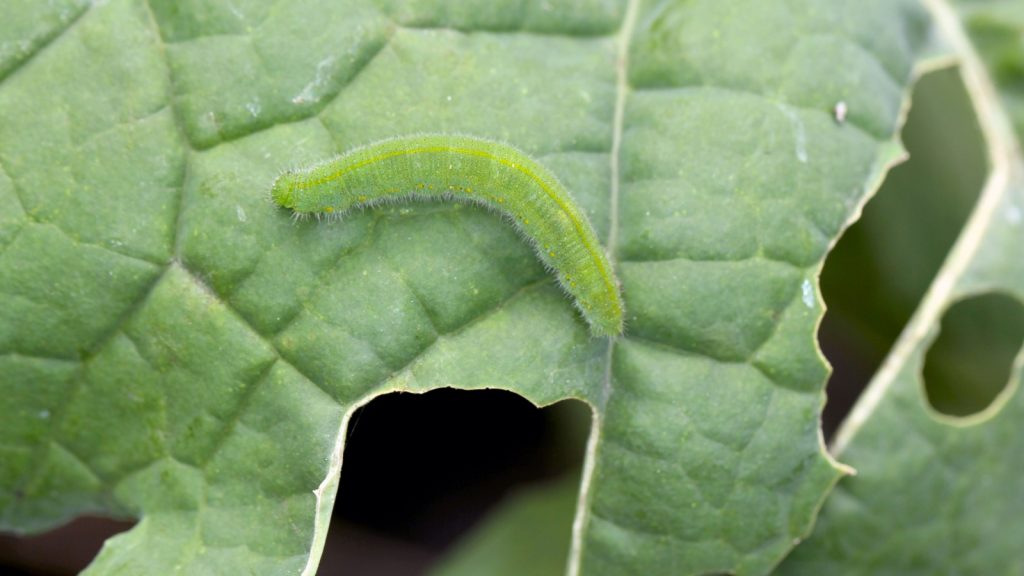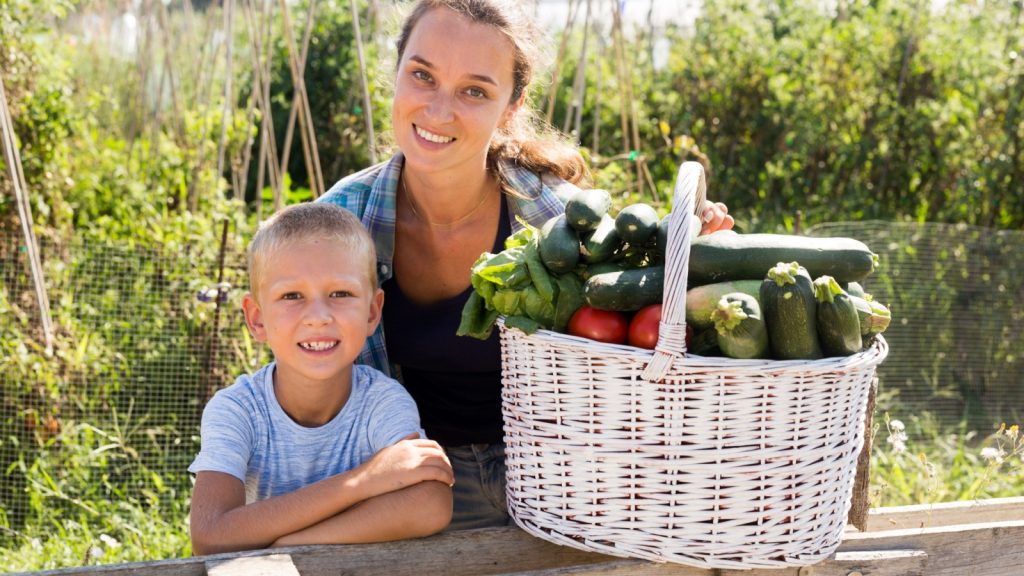Nothing frustrates a gardener more than stepping out to check on thriving plants, only to discover clusters of tiny green (or black) insects covering the undersides of leaves. If you’ve been gardening for any length of time, you’ve probably encountered aphids. These soft-bodied pests seem to appear overnight and multiply faster than you can blink.
I’ve battled aphids on everything from my prize tomato plants to delicate herb seedlings. One season, I lost nearly half my cabbage crop to these persistent little invaders before I figured out an effective natural control strategy. You don’t need harsh chemicals to win the war against aphids, though. With the right approach and a bit of persistence, natural methods work incredibly well.
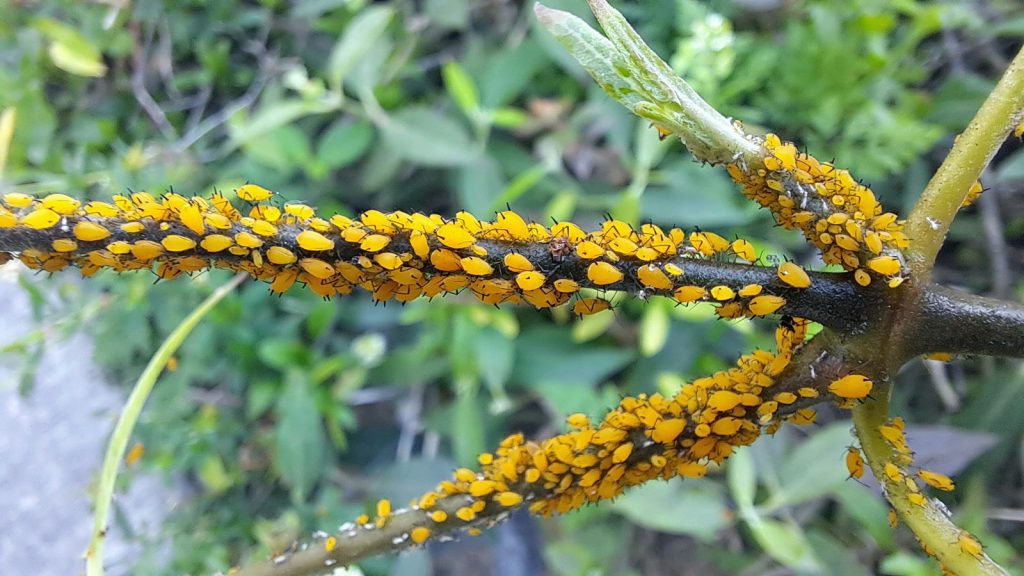
Understanding Your Enemy: What Are Aphids?
Aphids are small, soft-bodied insects that measure about 1/10 of an inch long. They come in various colors including green, yellow, red, brown, and black. Some species even have a white, cottony covering. These pear-shaped insects have piercing mouthparts that they use to suck plant sap, and they’re identifiable by small tube-like structures called cornicles projecting from their rear end.
The real problem with aphids isn’t just their feeding damage. As they feed, aphids secrete a sticky substance called honeydew, which quickly becomes infested with black sooty mold. They also spread viruses, many of which are incurable. A small population might not cause serious harm, but aphids reproduce incredibly quickly. Each female can produce up to 80 offspring in just a few weeks, turning a minor problem into a garden disaster in no time.
Signs You Have an Aphid Problem
Early detection makes all the difference in aphid control. Here’s what to watch for:
Visible Insects
Look for clusters of small, soft-bodied insects on stems and the undersides of leaves. They often congregate on new growth where the plant tissue is most tender.
Sticky Honeydew
If you notice a shiny, sticky substance on leaves and stems, that’s honeydew. This attracts ants, so following ant trails can often lead you straight to aphid colonies.
Curled or Yellowed Leaves
Heavy aphid feeding causes leaves to curl, yellow, or become distorted. You might also notice stunted plant growth.
Sooty Mold
The black, sooty appearance on leaves indicates mold growing on honeydew deposits.
Ant Activity
Ants consume aphids’ honeydew and ward off aphids’ predators, so increased ant activity around plants often signals an aphid infestation.
Natural Aphid Control Methods That Actually Work
1. The Garden Hose Blast
The simplest and often most effective first line of defense is a strong spray of water from your garden hose. This works by physically removing aphids from leaves, and you don’t have to pick them off with your fingers.
How to do it: Use a spray nozzle with a strong, concentrated stream. Target both the tops and undersides of leaves where aphids like to hide. This method is most effective early in the season before an infestation has fully taken hold.
Pro tip: Be gentle with young or delicate plants, but don’t hesitate to use good water pressure on established plants. Most aphids that get knocked off won’t find their way back to the plant.
2. Homemade Insecticidal Soap
You don’t need to buy expensive commercial sprays. Mix up a cup of vegetable oil or a pint of water with two teaspoons of dish soap. Then spray it right on the bugs. This works by removing the protective coating on the exterior of the aphids, resulting in them drying out quickly and dying.
My preferred recipe:
- 1 quart water
- 1-2 teaspoons liquid dish soap (I prefer castile soap)
- 20-30 drops peppermint essential oil (bugs hate the menthol scent)
Soapy water should be reapplied every 2-3 days for 2 weeks. Test the solution on a small section of the plant first to ensure it won’t cause damage.
3. Garlic Spray: Nature’s Insect Repellent
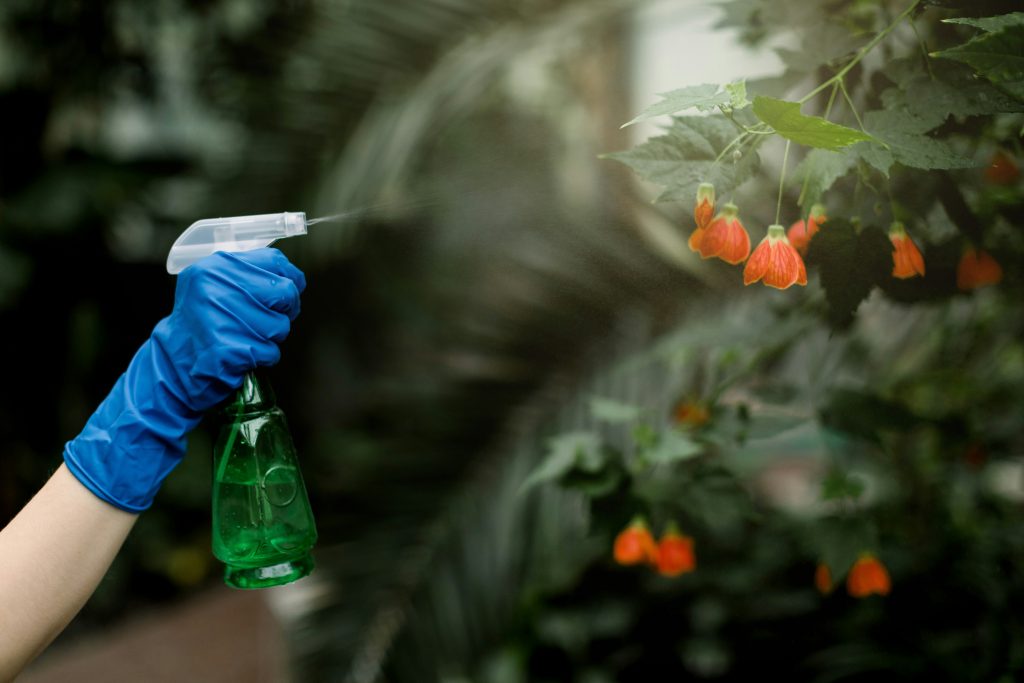
Garlic has been used for aphid control for generations, and there’s science behind why it works. Garlic is high in sulfur which is toxic to aphids, and has allicin which confuses sensory receptors.
How to make garlic spray:
- Crush 4-5 garlic cloves
- Pour 4 cups of boiling water over the garlic
- Let it sit overnight
- Strain out the solid pieces
- Add 2 tablespoons of castile soap to help the spray stick
- Dilute further when adding to your sprayer
The smell is strong (your neighbors might wonder what you’re up to), but it’s incredibly effective at both killing aphids on contact and deterring new ones from settling on your plants.
4. Neem Oil: The Organic Gardener’s Best Friend
Neem oil is a vegetable oil derived from the neem tree that’s safe, easy-to-find and affordable. It helps smother not only aphids, but cabbage worms, ants, leafminers, and beetles as well. The organic compounds in neem oil act as a repellent for aphids and other insects.
Most gardeners use neem oil diluted to 2% in water and spray it on affected plants every few days. Follow the package instructions carefully, and avoid spraying when beneficial insects like bees are active since neem can affect them too.
5. Beneficial Insects: Let Nature Do the Work
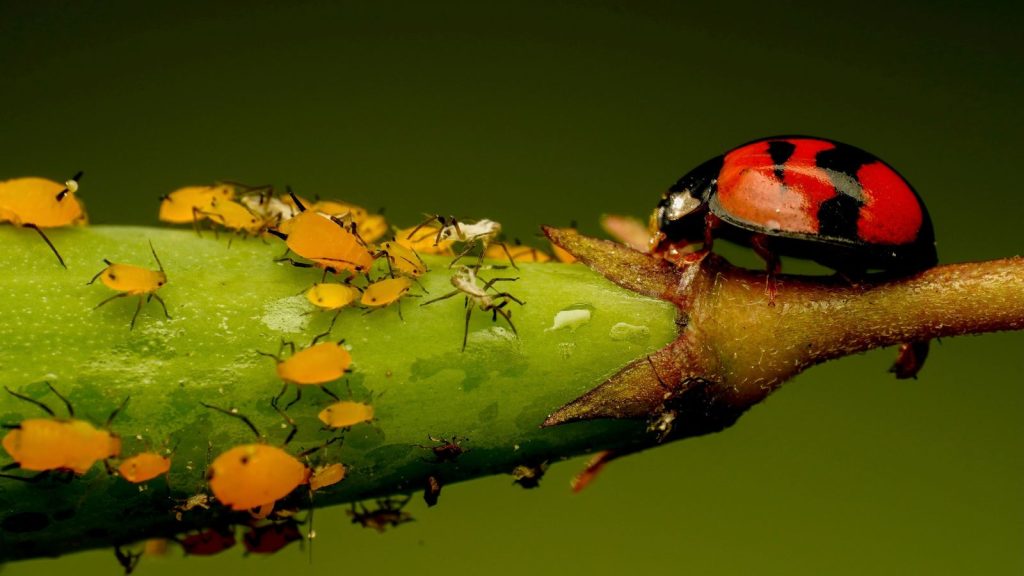
Aphids have a number of natural enemies, and these insects are much better at controlling aphids than any other method available to gardeners. The key is creating an environment that attracts and supports these beneficial predators.
Top aphid predators:
- Ladybugs (both adults and larvae)
- Green lacewing larvae
- Parasitic wasps
- Soldier beetles
- Minute pirate bugs
Plants that attract beneficial insects: Yarrow, wild buckwheat, white sweet clover, tansy, sweet fennel, sweet alyssum, spearmint, Queen Anne’s lace, hairy vetch, flowering buckwheat, crimson clover, cowpeas, common knotweed, caraway, cosmos, goldenrod, and sunflowers.
You can also purchase beneficial insects online and release them in your garden. If you buy ladybugs, be sure to release them in the cool of the evening. Those released on a sunny afternoon may well fly over to your neighbor’s yard instead.
6. Companion Planting for Aphid Defense
Strategic planting can help prevent aphid problems before they start. Companion planting with aromatic herbs and flowers like chives, petunias, and marigolds creates a pungent, visually deterring force field.
Plants that repel aphids:
- Catnip (aphids hate it)
- Garlic and onions
- Chives
- Marigolds
- Lavender
- Basil
Trap crops: Plant aphid-attracting species like zinnias, dahlias, cosmos, asters, mustard and nasturtium far from your main garden. These will lure the aphids away and keep the garden aphid-free.
7. Physical Barriers and Deterrents
Row covers: Cover vulnerable plants with lightweight row covers, especially when they’re young and most susceptible to damage.
Reflective mulch: Use aluminum foil or reflective mulch on the ground beneath the plants. While you may not want to do this in your flower garden, reflective mulch in the vegetable garden is a very effective deterrent.
Hand removal: For small infestations, you can simply knock aphids off plants by hand into a bucket of soapy water. They move slowly, making this more practical than you might think.
Prevention: Your Best Defense Against Aphids
The most effective aphid control starts before you ever see a single bug. Healthy plants resist aphid attacks much better than stressed ones.
Soil health first: Just like with every gardening challenge, good soil is your foundation. Test your soil, add compost regularly, and ensure your plants have access to balanced nutrition.
Avoid over-fertilizing: Succulent new growth attracts aphids. The use of organic fertilizers helps avoid an overdose of nutrients to the plants. Too much nitrogen creates tender, succulent growth that aphids find irresistible.
Proper spacing: Keep plants healthy with adequate supplies of nutrients, water and light. Plants can fend off aphids more easily than sickly or stressed plants. Good air circulation also helps prevent the damp conditions that encourage pest problems.
Garden hygiene: Clear away plant debris at the end of the season, and keep your garden beds weed-free. Aphids often overwinter in garden refuse and weeds.
When Natural Methods Need Time to Work
Here’s the reality about natural aphid control: it takes persistence. Unlike chemical sprays that promise instant results, organic methods often require repeated applications and patience. Be persistent and patient; it may take a little time to see results.
I’ve learned that the most effective approach combines multiple methods. Start with a strong spray of water to knock down the population, follow up with soap or neem oil sprays every few days, and work on building up beneficial insect populations for long-term control.
Some years, despite your best efforts, you might lose a few plants to aphids. That’s part of gardening. The important thing is learning from each season and building a healthier garden ecosystem that can better resist pest problems.
My Integrated Aphid Management Strategy
After years of trial and error, here’s what works best on my homestead:
Early season: I inspect plants weekly, looking for the first signs of aphids. The moment I spot them, I hit affected plants with the garden hose.
Mid-season: If aphids persist, I alternate between garlic spray and soapy water applications every 3-4 days. I also release beneficial insects if needed.
All season: I maintain plantings of yarrow, sweet alyssum, and other beneficial insect attractors throughout the garden. These plants bloom continuously and provide habitat for aphid predators.
End of season: I clean up all plant debris and plan companion plantings for the following year based on where I had the most aphid pressure.
The Bottom Line on Natural Aphid Control
Killing aphids naturally is not only better for the environment, it’s also more effective in the long run. Chemical pesticides often kill beneficial insects along with pests, creating an imbalanced ecosystem that’s more susceptible to future outbreaks.
Natural methods take more effort upfront, but they build a resilient garden ecosystem that gets better at managing pests over time. You’ll spend less time fighting the same problems year after year and more time enjoying the harvest from healthy, thriving plants.
The key is starting early, staying consistent, and not getting discouraged if you don’t see immediate results. Every garden is different, and it may take a season or two to find the combination of methods that works best for your specific conditions. But once you do, you’ll have the confidence to handle aphids naturally and effectively, no matter how determined those little green invaders might be.
James is a former logistics coordinator and wilderness safety instructor, whose practical experience taught him the value of sensible preparedness and calm resilience. Passionate about self-reliance, James teaches everyday skills—like water purification, emergency communication, and outdoor safety—to help people confidently handle life's disruptions without fear or overwhelm. His approachable style combines real-world insights with relatable, personal stories and experiences.
